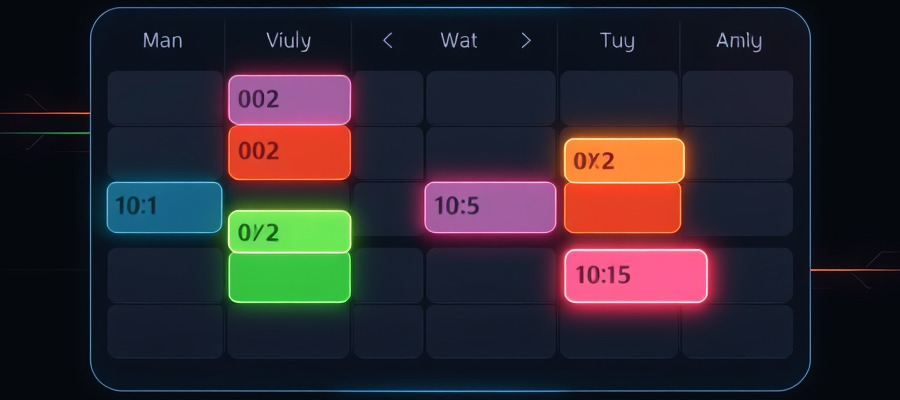Automating Data Entry: Free & Paid Tools Compared
Eliminate manual data entry errors with these automation solutions.

Automating Data Entry: Free & Paid Tools Compared
Manual data entry is time-consuming, prone to errors, and frankly, boring. Data automation offers a solution, boosting efficiency and accuracy. This guide explores various free and paid data automation tools to help you choose the best fit for your needs.
What is Data Automation?
Data automation involves using software and tools to automatically capture, process, and transfer data. This eliminates the need for manual data entry, reducing human error and freeing up valuable time for more strategic tasks. It’s a key component of broader business process automation (BPA) and robotic process automation (RPA) initiatives.
Benefits of Data Automation
- Increased Efficiency: Automate repetitive tasks, saving time and resources.
- Reduced Errors: Minimize human error, ensuring data accuracy and integrity.
- Improved Productivity: Free up employees to focus on higher-value tasks.
- Cost Savings: Reduce labor costs associated with manual data entry.
- Better Data Quality: Ensure consistent and reliable data for better decision-making.
- Faster Processing: Accelerate data entry and processing times.
Free Data Automation Tools
Several free tools can help automate simpler data entry processes. However, they often have limitations in scalability and features compared to paid options. Here are a few examples:
- Zapier: While not exclusively for data entry, Zapier’s automation capabilities can connect different apps and automate data transfers between them. (Learn more: Zapier)
- IFTTT (If This Then That): Similar to Zapier, IFTTT allows you to create simple automations based on triggers and actions but with more limitations on functionality. (Learn more: IFTTT)
- Google Sheets Formulas: Google Sheets provides powerful formulas and scripts that can automate certain data entry and manipulation tasks within the spreadsheet itself. (Learn more: Google Sheets Scripting)
Paid Data Automation Tools
Paid tools generally offer more robust features, scalability, and support. They can handle complex data entry tasks, integrations, and large datasets.
- UiPath: A leading RPA platform for automating complex business processes, including data entry and more. (Learn more: UiPath)
- Automation Anywhere: Another popular RPA platform offering a wide range of automation capabilities.[Learn more: Automation Anywhere]
- Microsoft Power Automate: Formerly known as Microsoft Flow, this tool integrates with other Microsoft services and offers robust automation capabilities. (Learn more: Microsoft Power Automate)
- Integromat: A powerful integration and automation platform, allowing complex workflows and custom-built automation. (Learn more: Integromat)
Choosing the Right Tool
Selecting the right data automation tool depends on several factors:
- Budget: Free tools are great for basic needs, while paid options offer more advanced features.
- Complexity: The complexity of your data entry tasks will determine the sophistication of the tool required.
- Data Volume: The amount of data you need to process impacts the scalability requirements.
- Integrations: Consider whether the tool integrates with your existing software and systems.
By carefully considering these factors you can choose the most efficient and cost-effective solution. Investing in data automation can significantly improve your business processes and bottom line.


